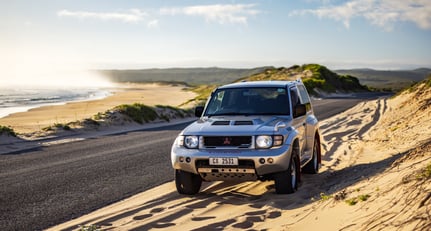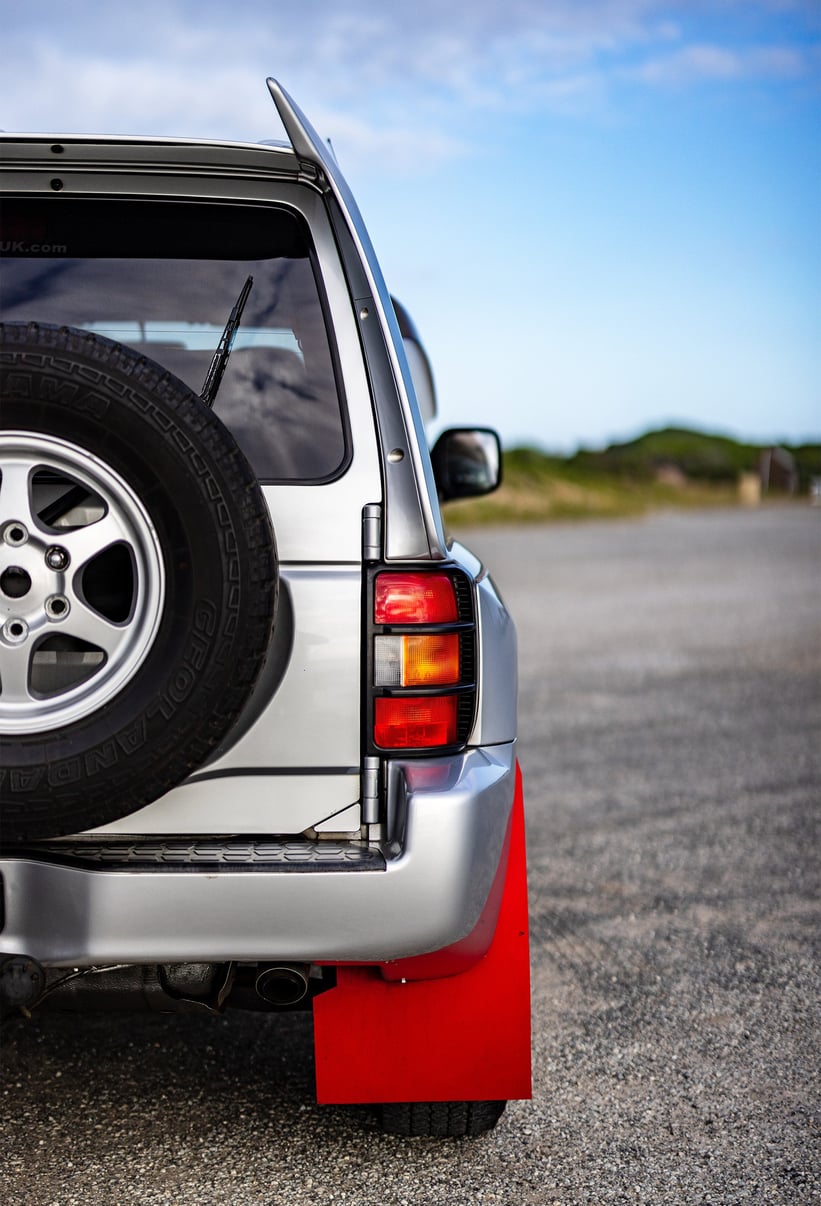
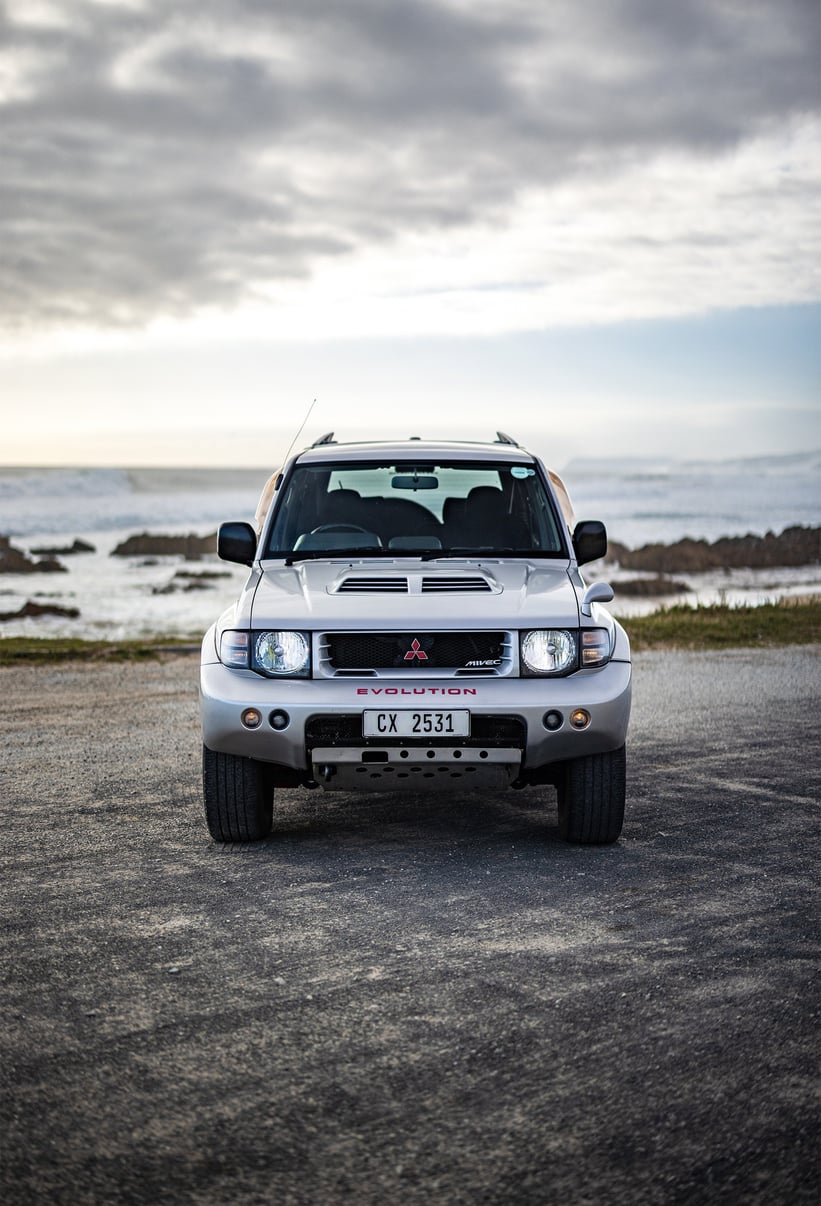
It’s funny to think that while we’ve been lamenting the rise of the crossover, classic SUVs have become some of the hottest commodities in the Classic Driver Market. Perhaps the restomod craze and the drool-worthy creations of companies like Cool & Vintage are putting SUVs back in the spotlight, or maybe it’s how ruggedly charming they look in contrast to the tarmac-bound, bloated, and triple-tonne monstrosities that seem to be flooding our cities. Whatever the reason may be, we can’t seem to get these off-road icons of the 80s and 90s out of our heads; you have to admit, the Series 1 Land Rover Discovery seems to look better with every passing day. However, if we were to crown a king among modern-classic SUVs, there’s really only one contender: the mighty Mitsubishi Pajero Evolution.
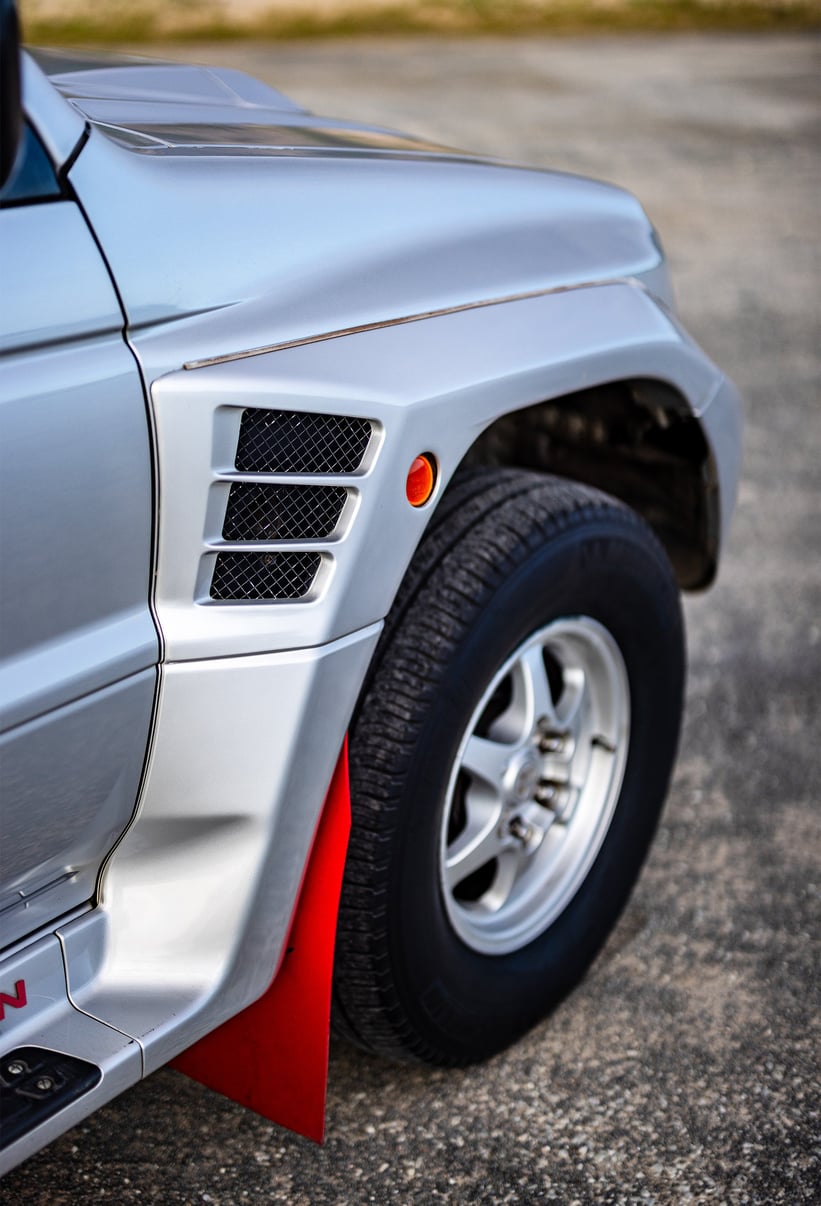
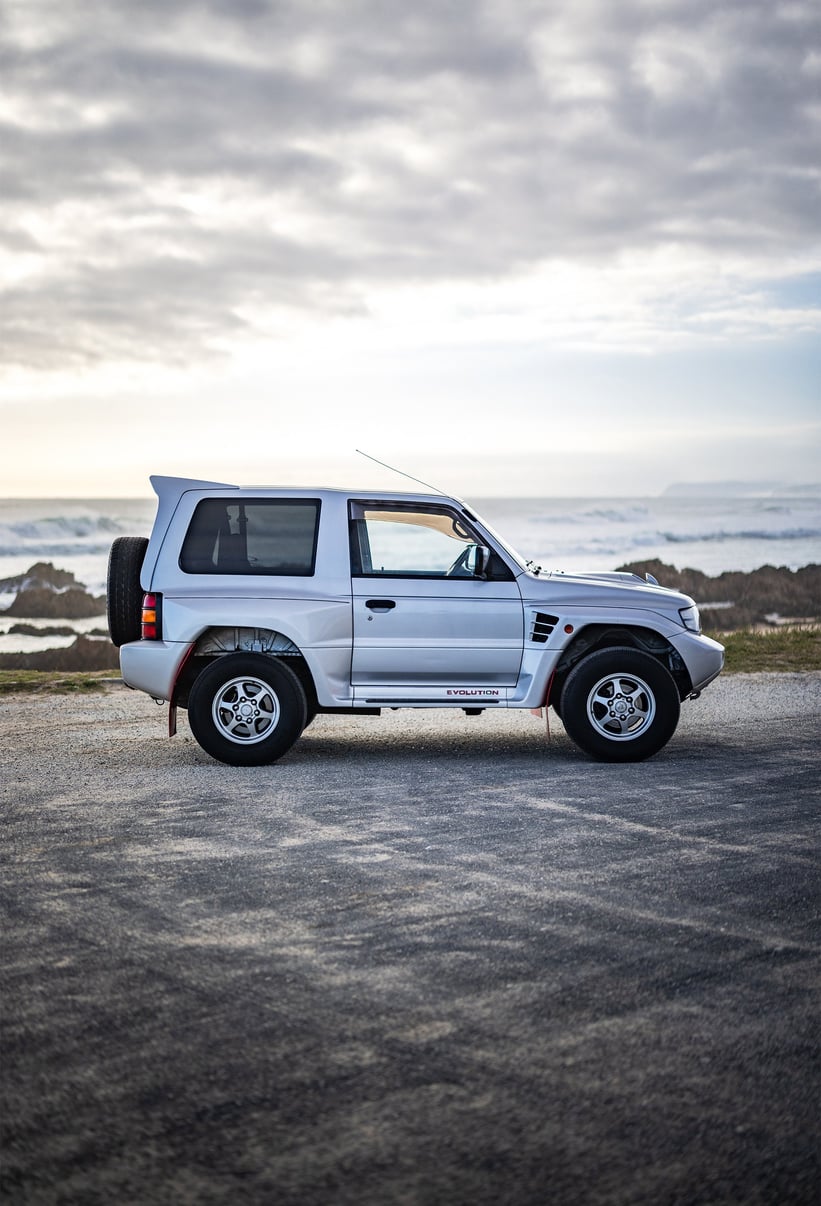
So, to find out whether or not the Pajero Evolution is all bodykit and no bite, we headed to South Africa’s Garden Route — specifically the beautifully wild coastline between Buffels Baai and Knysna— where we met up with Milan of Iconic Classic Cars, who had just acquired a Pajero Evolution of his own. First impressions? This SUV really has road presence: those swollen arches, the factory skid plate, and the aggressive wing that juts out of its rear immediately let you know that the Pajero Evo means business. However, while it’s an imposing thing to look at, the Pajero Evolution really isn’t that large by modern SUV standards. At just over 4 metres long, it’s a full metre shorter than a Lamborghini Urus Performante, and it’s around 20 centimetres narrower to boot.
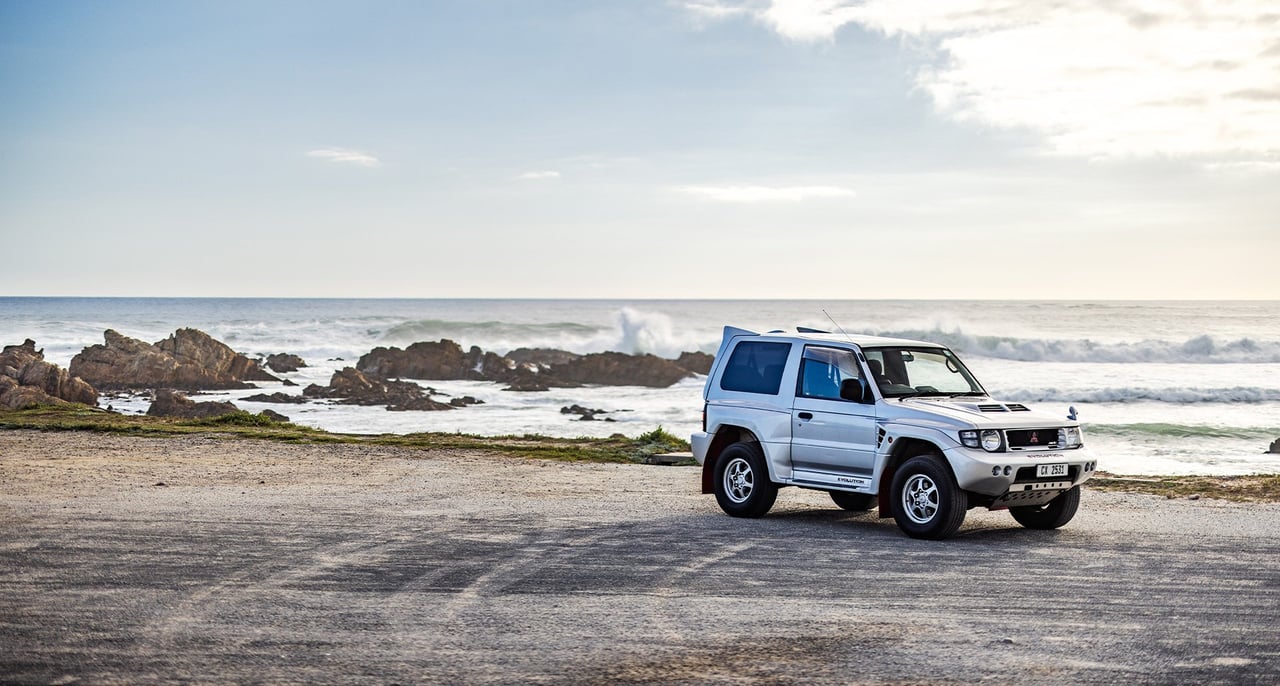
Climb inside the Pajero Evo’s cabin and its comparatively smaller size becomes a little more apparent. It’s by no means cramped, but the lovely patterned fabric Recaros are comfortably snug and the small steering wheel feels great in the hand, while the rest of the car seems to shrink around you. The only unticked box in the Pajero Evo’s collector car checklist relates to the gearbox: over 80% of them were built with an automatic. Had this been a two seater sports car, that might have been the nail in the coffin, but when we’re talking about a homologation special built by one of the greatest manufactures in the history of off-road racing, we can let it slide.
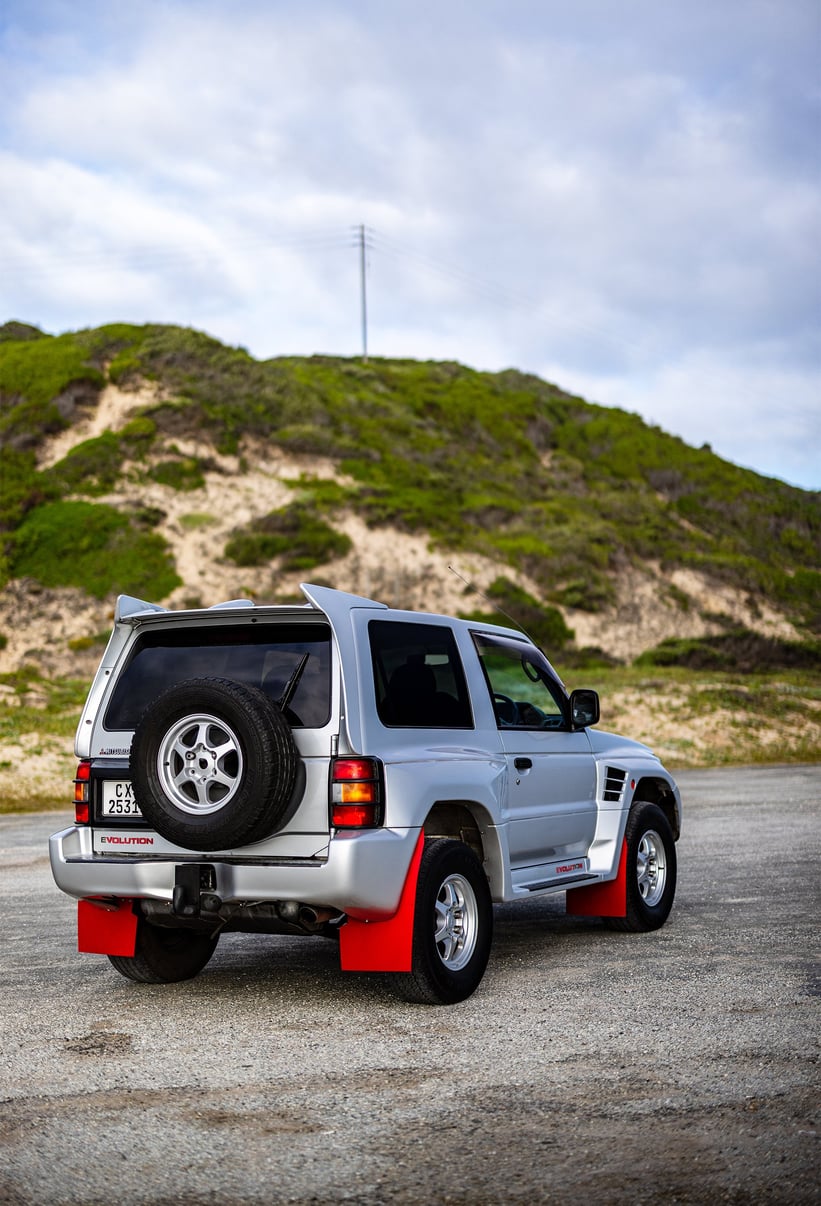
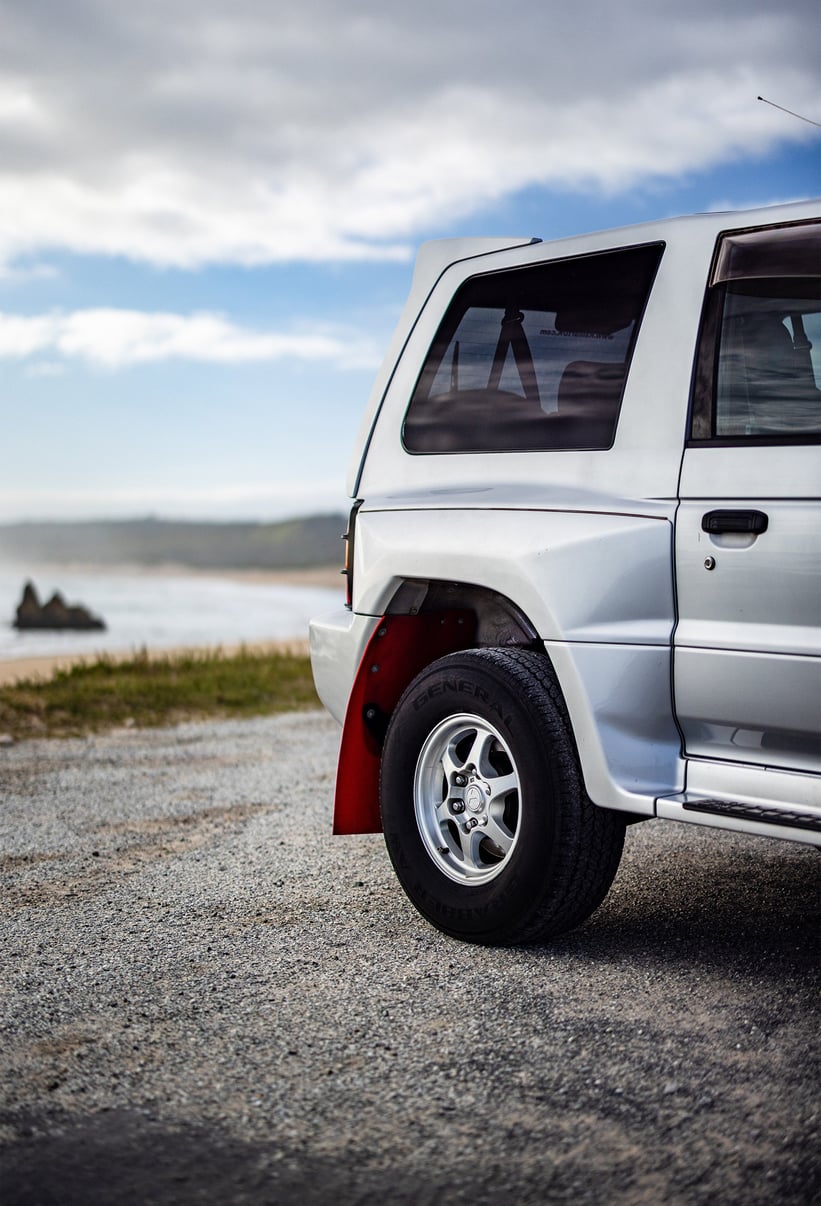
Before we get on the road and put the Pajero Evo through its paces, it is worth reminding ourselves of its lineage, because you could say it won the genetic lottery. Mitsubishi have long been masters of travelling at extremely high speeds off the beaten track. They won their first WRC rally just a year after the event’s inception in 1974, where they took home gold at the Safari Rally. Then, in 1983, the year after the first generation Pajero launched, they entered their first Dakar, finishing 11th out of 385 contenders with an almost totally stock Pajero; not a bad first attempt at all. Just two years later, they would get their first taste of glory as Patrick Zaniroli and co-driver Francia Jean Da Silva went on to win the 1985 Dakar Rally, but that was just the start. Mitsubishi would go on to win the Dakar Rally 12 times in just 32 years, also earning themselves the world record for most Dakar wins between 1985 and 2007.
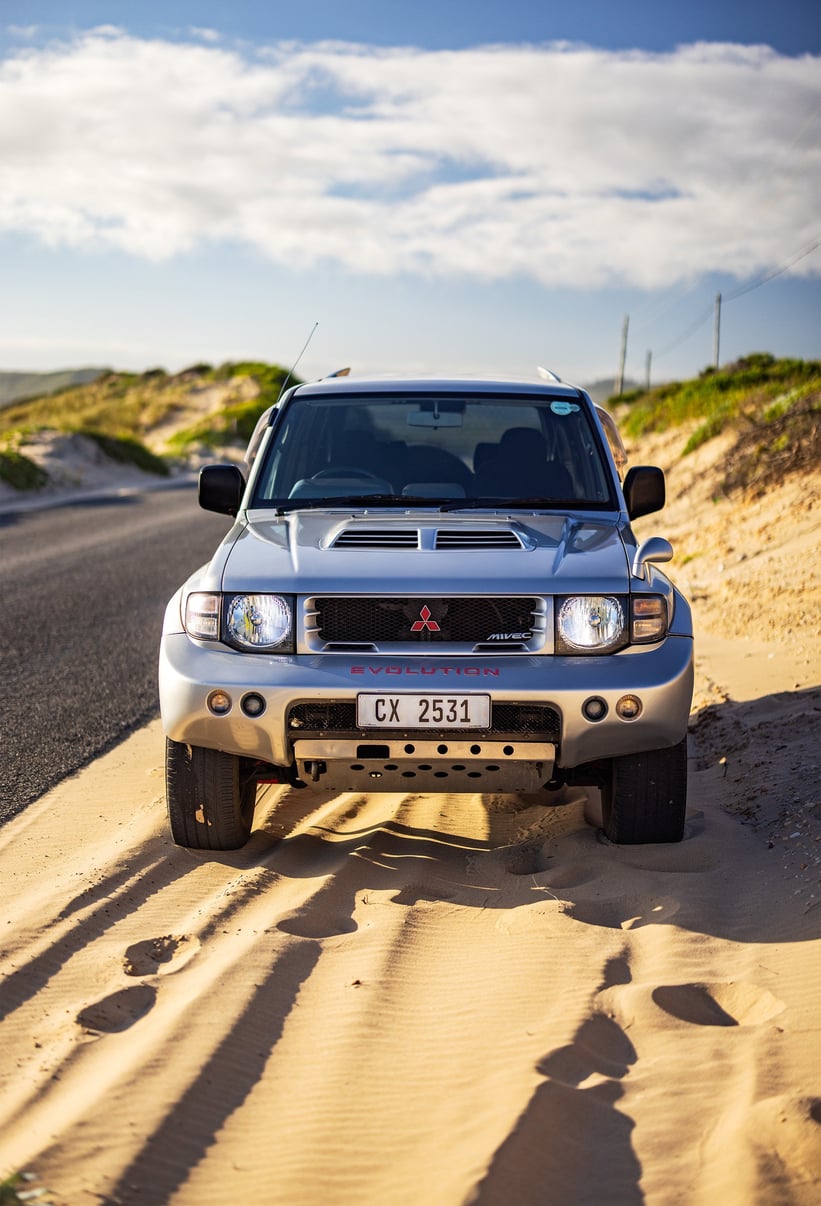
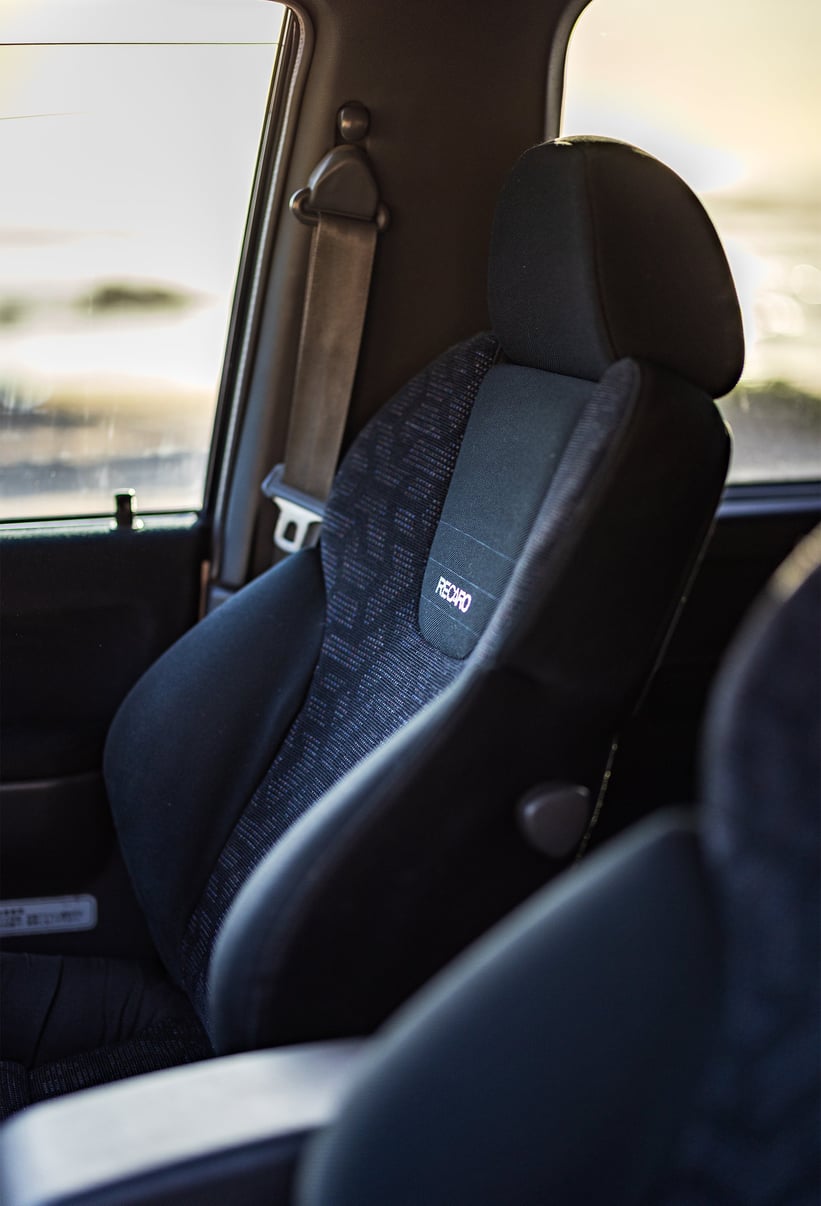
So, you could say there was pressure on the Pajero Evolution to perform when it was unveiled in 1997. If a purpose-built homologation special didn’t get Mitsubishi the results it wanted, it certainly wouldn’t be a good look. However, the Pajero Evo had a few tricks up its sleeve. The roadcar was a technological tour de force featuring four-wheel fully independent suspension, an aluminium hood, and of course that outrageous bodykit. Nestled under the hood is a naturally-aspirated 3.5-litre MIVEC V6 that pumped out 276 horsepower, that is, if you asked Mitsubishi. Much like the low-slung Japanese sports cars of the era, the Pajero Evolution was bound by a gentleman’s agreement among Japanese manufacturers not to exceed 280hp. In reality, Milan tells me that if you put a Pajero Evo on a dyno, you’d find that most would produce over 300hp. Good bang for your buck, then!
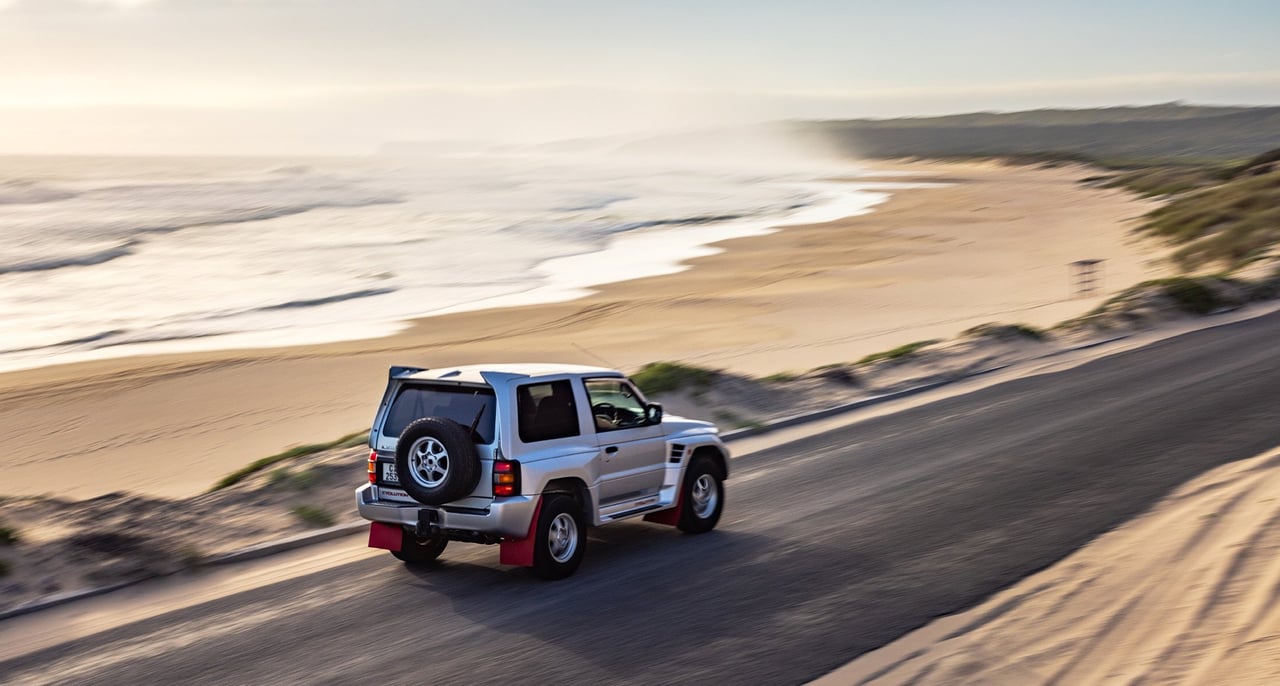
As you might have suspected, the Pajero Evo didn’t just perform well at the Dakar rally, it dominated. In the year of its release, it won the endurance race outright with Kenjiro Shinozuka at the wheel, who became the first Japanese driver to do so. Four years later, the Pajero Evo would win the 2001 Dakar Rally, this time with Jutta Kleinschmidt at the wheel, who to this day is the only woman to win the Dakar.
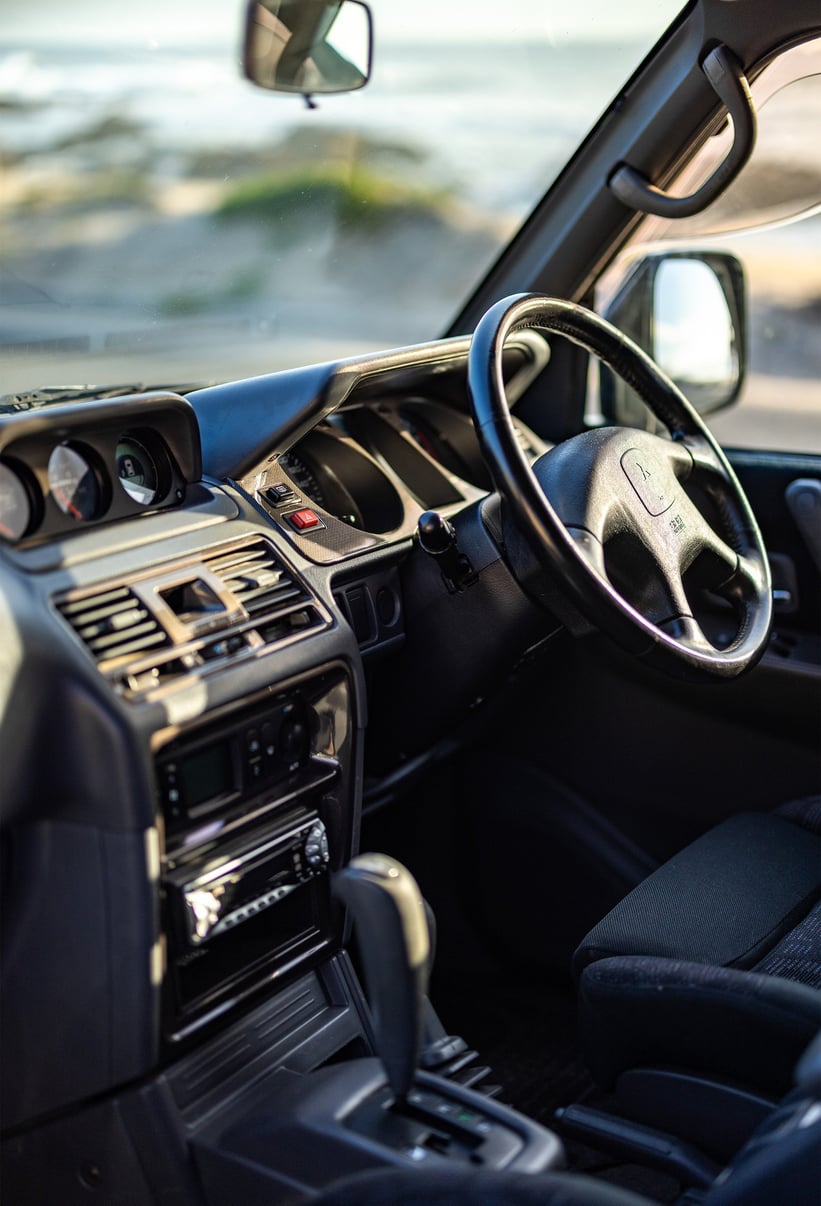
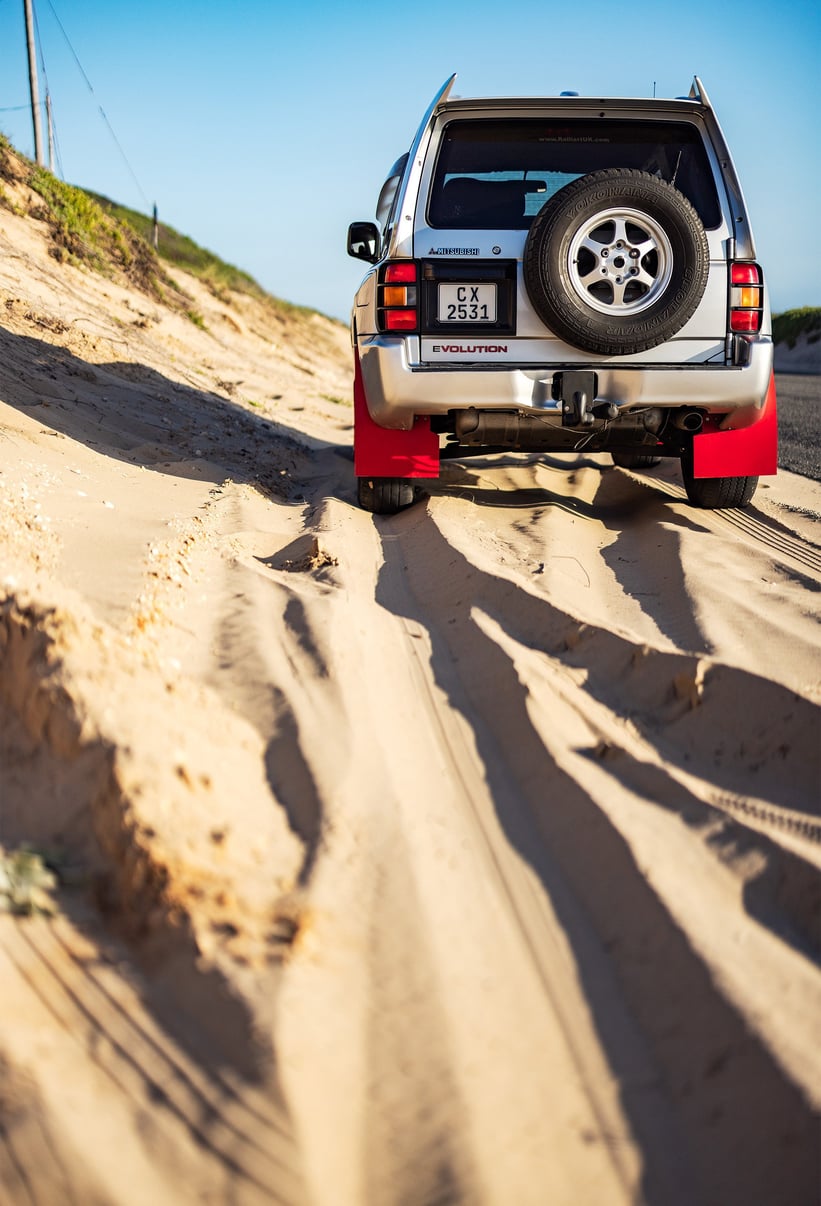
On the winding road along South Africa’s coastline, you can sense the Pajero Evo’s brilliance. While other SUV’s of its era would seem worryingly disconnected from the road, the Pajero Evo feels completely planted, remaining flat through the corners. This example is no spring chicken, and it wears a healthy smattering of patina, but the V6 still feels perfectly potent, emitting a wonderful but not overtly loud engine note as we cruise between dunes and sea spray. As far as modern classics go, the Pajero Evo has a lot to like. It’s pretty rare with only 2,693 units ever built, it drives brilliantly, it looks the business, and at present, it’s still excellent value. While other homologation specials of the era are already well on their way to stratospheric values, you can still find a decent Pajero Evo for the price of a modern hot hatch.
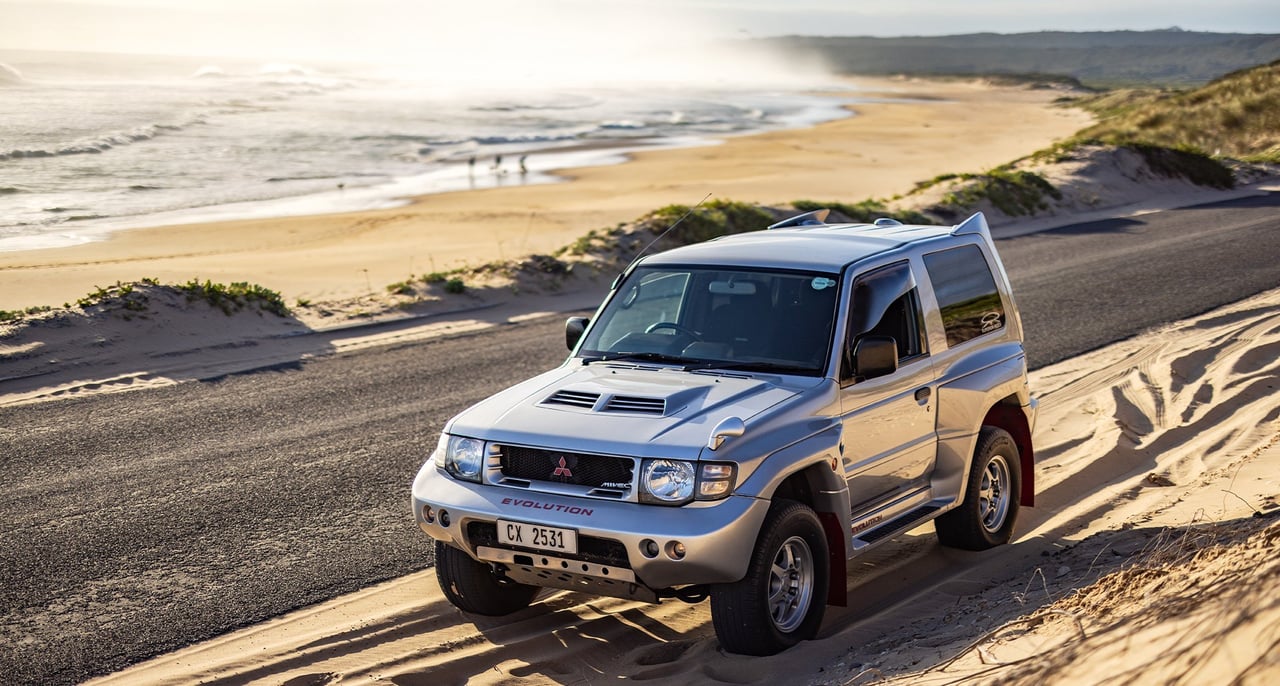
However, if like us you’re now dreaming of adding one to your garage, there are a few things to note. As is the case with many cars built during the 1990s, rust is an issue, so be sure to inspect the chassis thoroughly before any potential purchases. According to Milan, the other thing to watch out for is the cambelt, which should be replaced for peace of mind. While some incorrectly assume the Pajero Evo’s 3.5-litre V6 shares a lot in common with the engine found in the standard Pajero, only the block is the same, and parts are scarce, so you really don’t want it to go bang. Overall, though, the Pajero Evo should provide an enjoyable and stress-free ownership experience. So, if you’re sold on Mitsubishi’s 1990s Super SUV, then act quick because we don’t expect these to remain affordable for long.
Photos by Mikey Snelgar for Classic Driver © 2023
